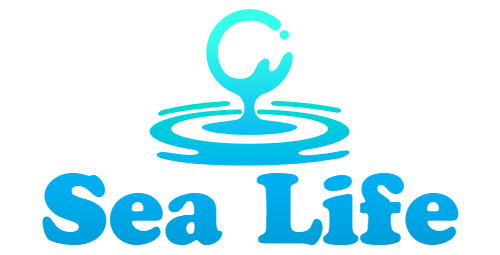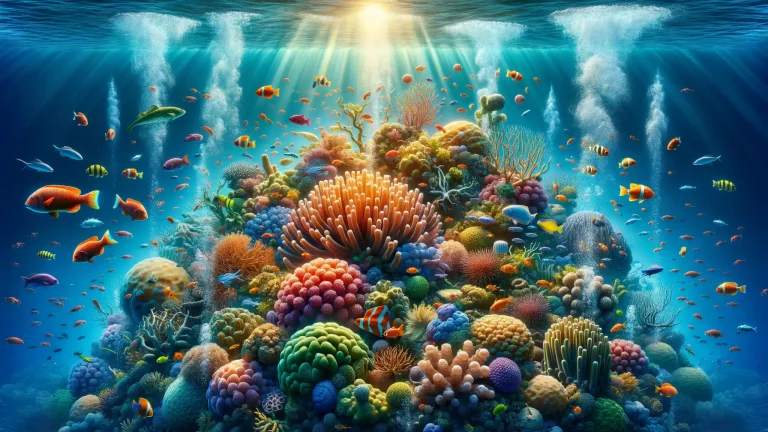Understanding Coral Reefs: An Overview
Diving Into the World of Coral Reefs
Have you ever stepped into an entirely new world without leaving Earth? That’s exactly what diving into coral reefs feels like. These vibrant underwater cities are alive with color, movement, and wonder. Each reef is a mosaic of life, hosting everything from the tiniest plankton to majestic sea turtles gliding gracefully overhead.
Coral reefs themselves are more than just “rocks” under the sea—they’re living beings! The backbone of a reef is built by tiny creatures called coral polyps. These microscopic architects work tirelessly, secreting calcium carbonate to form the hard structures we see. And here’s the kicker—they share their home with microscopic algae, known as zooxanthellae, who provide them with food through photosynthesis. It’s teamwork at its finest!
A Closer Look at Coral Communities
What makes coral reefs special is their remarkable diversity. Think of them as vast apartment complexes where a variety of species coexist in harmony. Just imagine:
- Clownfish darting playfully between sea anemones for protection.
- Colorful parrotfish biting into coral, creating the sand beneath your toes.
- Lobsters, shrimp, and even sharks weaving through intricate passageways.
Each organism has a role to play, no matter how big or small, in keeping this delicate ecosystem balanced. Isn’t that amazing?
The Ecological Importance of Coral Reefs
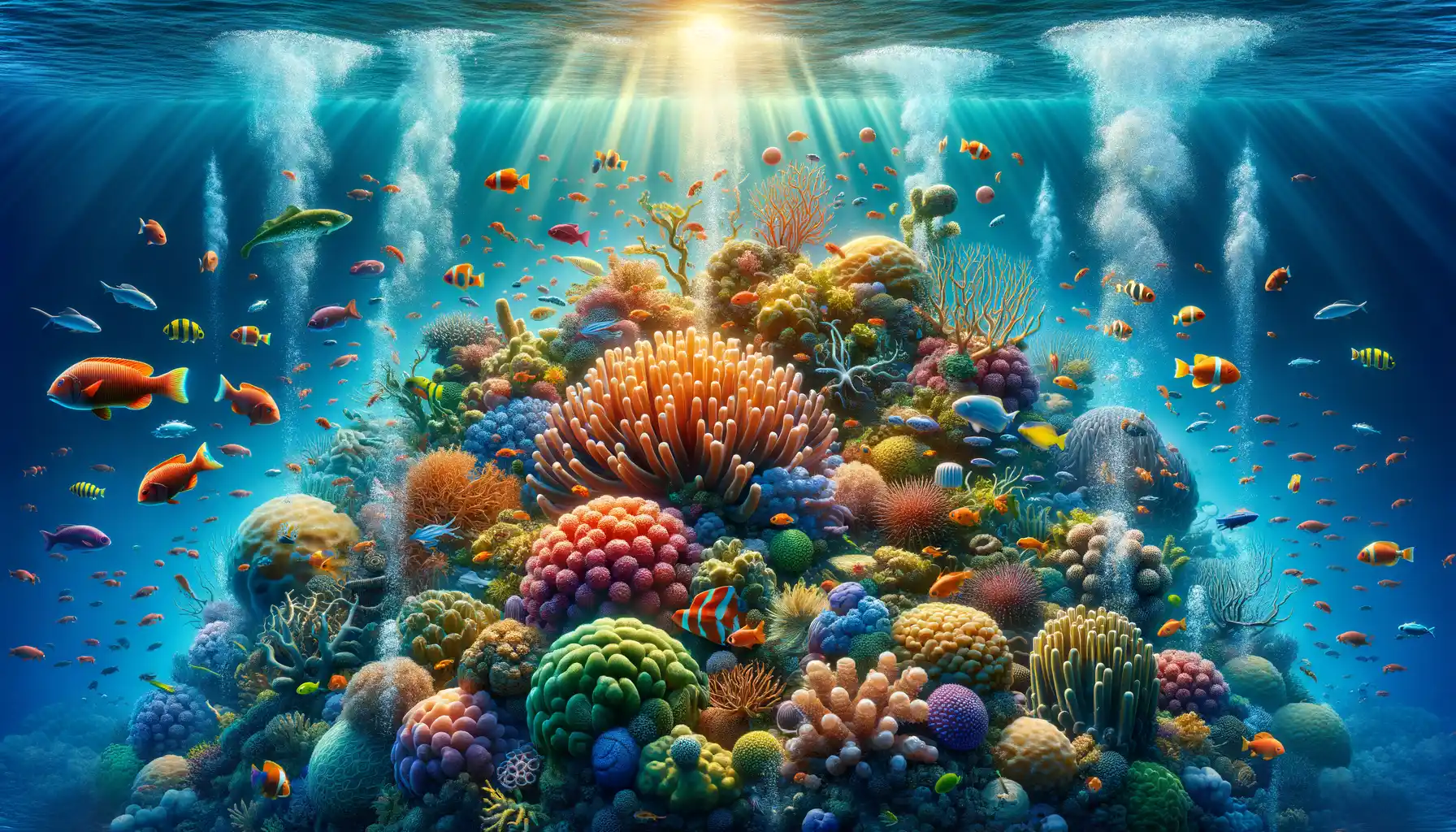
The Hidden Architects of Marine Ecosystems
Picture this: a vibrant underwater city bustling with life, where vivid corals stretch their arms like skyscrapers and marine creatures weave through its maze-like streets. That’s what coral reefs are – nature’s own architects, building ecosystems that support an astonishing 25% of all marine species. These reefs aren’t just beautiful; they’re foundational.
Coral reefs act as nurseries for countless species of fish, providing shelter for tiny fry and a safe haven from predators. Without this protection, entire food chains would wobble like a house of cards. But it doesn’t stop there – reefs do more than nurture life, they shape the environment around them. Think of them as the invisible guardians. They reduce coastal erosion, absorb wave energy, and shield shorelines during storms, preventing damage to coastal towns and habitats. Amazing, right?
- Carbon sinks: Reefs promote carbon storage through organisms like coralline algae, helping regulate global ecosystems.
- Keystone habitats: Many species depend exclusively on these reefs, from sea turtles to clownfish dancing among the anemones.
And here’s the kicker: despite covering less than 0.1% of the ocean floor, their impact ripples across the planet, proving that small things can have mighty roles. Wouldn’t you agree?
Coral Reefs and Marine Biodiversity
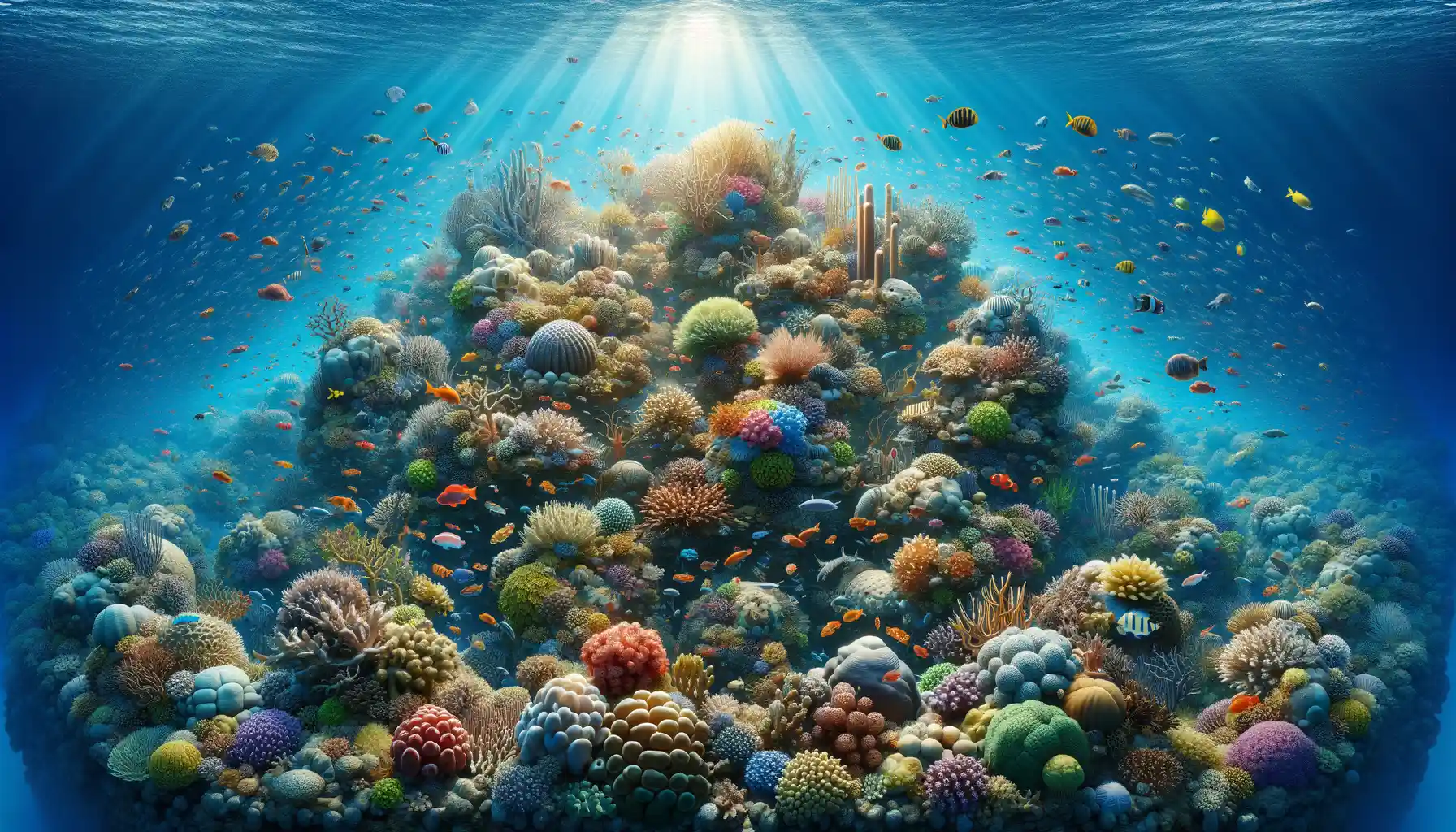
The Vibrant Underwater Cities
Picture this: you’re diving into a world brimming with life, color, and movement—a veritable underwater metropolis. That’s what coral reefs are! These natural wonders, built over centuries by tiny coral polyps, are home to an astounding array of marine species. From the vibrant parrotfish nibbling away at algae to the elusive octopus blending seamlessly into its surroundings, coral reefs are like bustling city marketplaces, teeming with activity.
Did you know that coral reefs support 25% of all marine life? That’s right—despite covering less than 1% of the ocean floor, these ecosystems are nothing short of extraordinary. They provide food, shelter, and breeding grounds for creatures great and small, from delicate seahorses to predatory sharks. Without them, many species would simply vanish.
Biodiversity Hotspots That Keep the Ocean Alive
In the reef’s labyrinthine structures, every crevice tells a story of survival and connection. Some fish rely on coral as their nurseries, while others form symbiotic relationships, like clownfish and anemones. Here are just a few examples of how reefs sustain life:
- Migratory species, such as sea turtles, use reefs as resting stops on long journeys.
- Filter feeders, like sponges, help maintain water clarity by trapping particles.
- Carnivorous hunters, such as moray eels, thrive in reef crevices, keeping prey populations in check.
Coral reefs aren’t just homes; they’re supermarkets, nurseries, and even fortresses for countless marine organisms. It’s awe-inspiring—and humbling—to think about everything happening in these aquatic hubs. Each coral colony and fish school contributes to an intricate tapestry of biodiversity that keeps our oceans alive.
Threats Facing Coral Reefs and Their Impact on Biodiversity
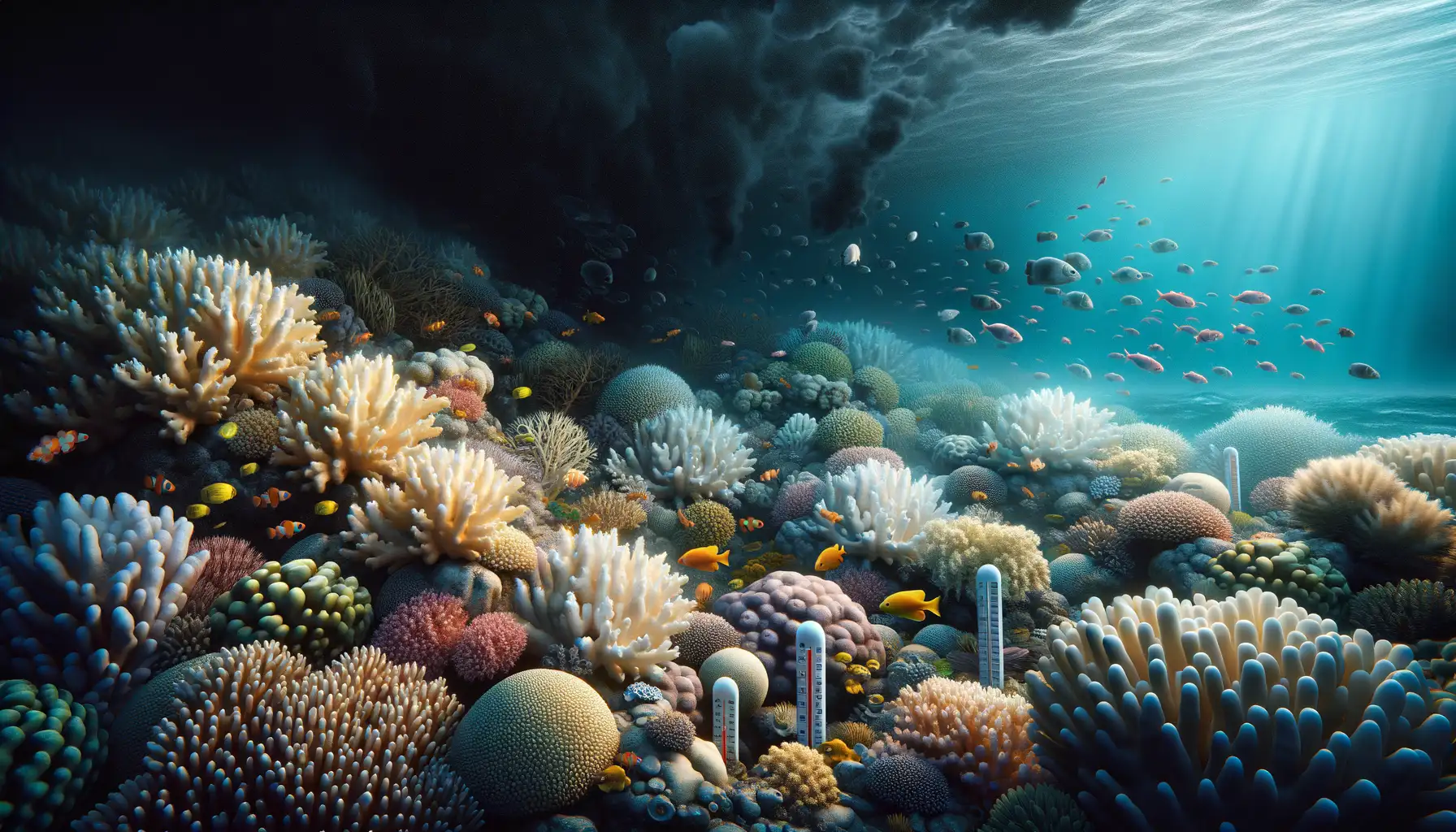
The Silent Struggle: Threats Looming Over Coral Reefs
Picture this: beneath the ocean’s surface, a kaleidoscope of colors and life pulses through coral reefs. Now imagine that vibrant world fading to gray. That’s what happens when stressors like rising ocean temperatures and pollution creep in.
Coral reefs face a barrage of challenges that can seem almost insurmountable:
- Climate change: Warming waters trigger coral bleaching, leaving them ghostly white and starving.
- Overfishing: Removing key species disrupts the delicate food chain balanced within reef ecosystems.
- Pollution runoff: Agricultural chemicals and plastic waste choke life out of these underwater havens.
- Coastal development: Human expansion crushes or smothers fragile coral structures.
Ripple Effect on Marine Biodiversity
When coral reefs are under siege, the effects ripple across the marine world. These brilliant ecosystems support about 25% of all marine species. Imagine clownfish losing their anemone homes or sea turtles struggling without sandy beaches near healthy reefs. And it doesn’t stop at fish—the loss extends to microorganisms, sponges, and even sharks. The collapse of a reef is like pulling a thread from a tapestry: damage spreads rapidly and chaotically, unraveling the web of life.
This isn’t just about animals either; entire human communities depend on reefs for food, livelihoods, and coastal protection. When reefs disappear, so do countless benefits they provide—leaving both nature and people vulnerable.
Conservation Efforts and the Future of Coral Reefs
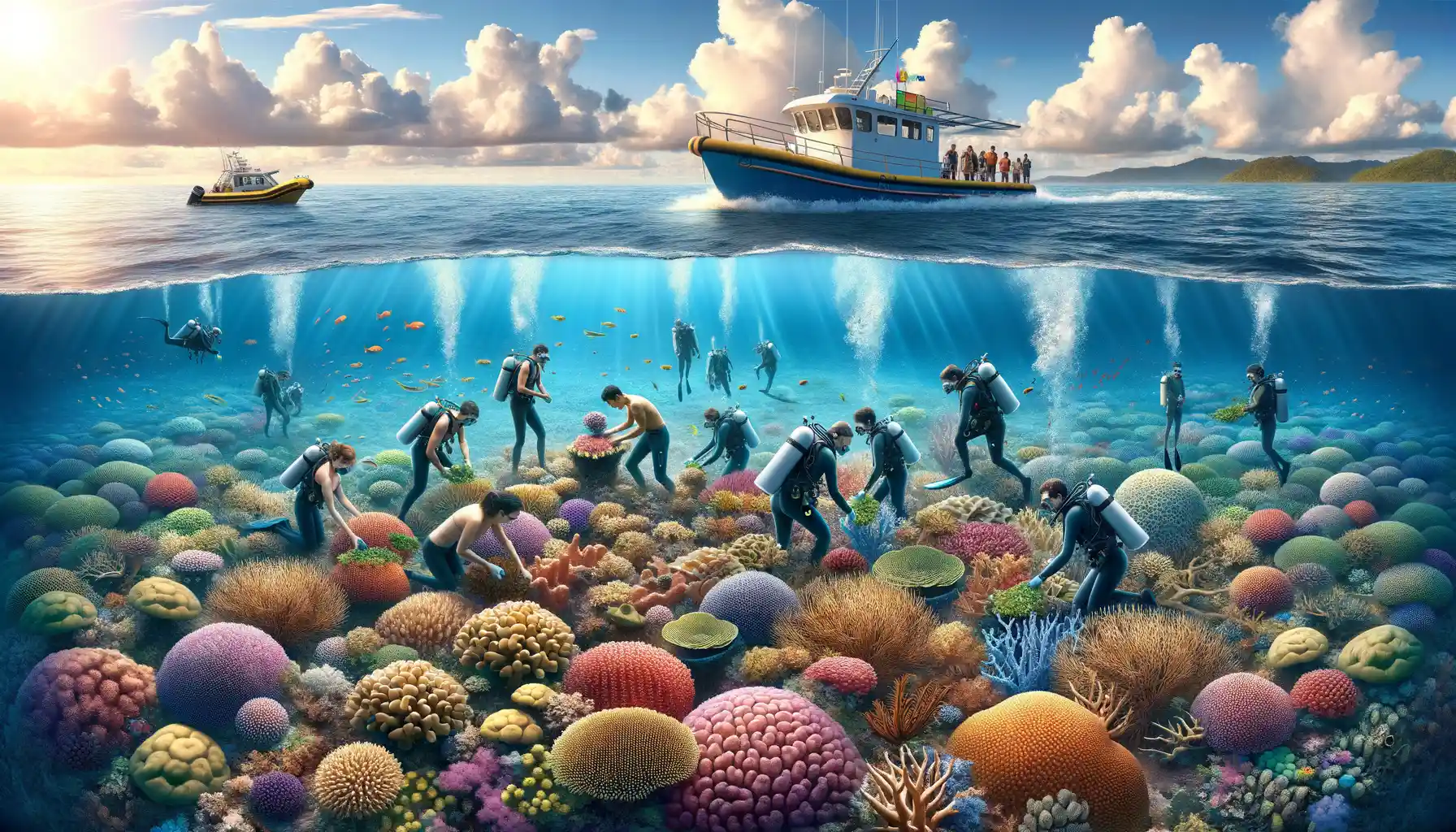
Breathing New Life into Coral Reefs
Imagine this: coral reefs, often called the “rainforests of the sea”, are like vibrant underwater cities teeming with residents—from bold parrotfish to shy seahorses. But today, these dazzling metropolises are under siege. Conservationists across the globe are racing against time to mend what’s broken. How? Through a mix of science, creativity, and sheer passion.
Innovation is key. Scientists are experimenting with coral farming, where fragments of corals are nurtured on underwater “nursery tables” before being replanted onto damaged reefs. It’s like giving the reefs a second chance at life! In some areas, “super corals,” resistant to rising temperatures, are being cultivated to survive in warmer waters.
- Marine-protected areas help reduce human interference, offering reefs breathing space to heal.
- Artificial reefs—made from sunken ships or sculptures—are luring marine life back home.
Your Role in Their Survival
But here’s the thing: these efforts can’t succeed without all of us pitching in. Whether it’s choosing reef-safe sunscreen on your next beach trip or supporting organizations like Coral Restoration Foundation, every bit helps. Each small step you take ripples through the ocean, breathing hope into these underwater wonders.
